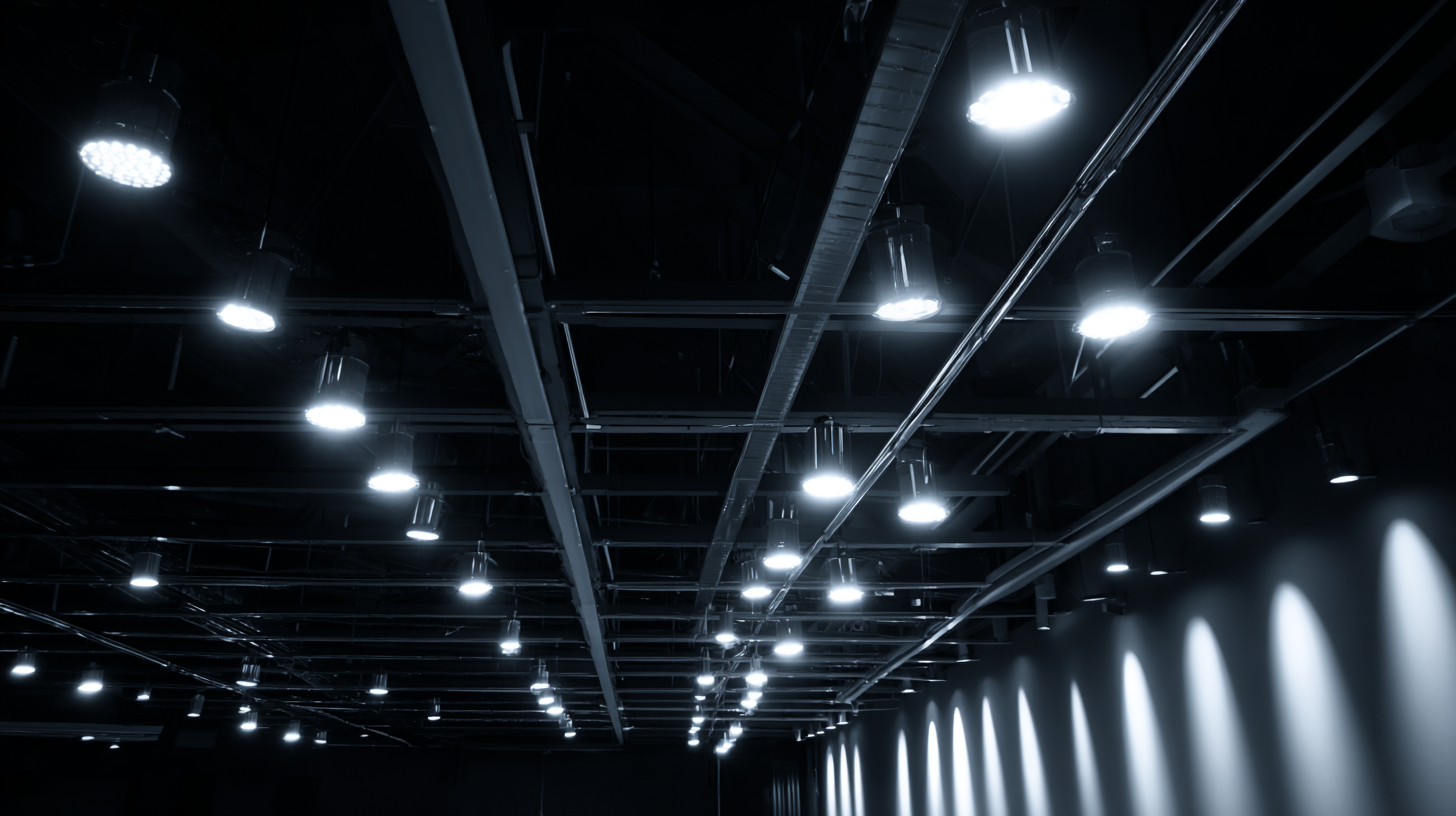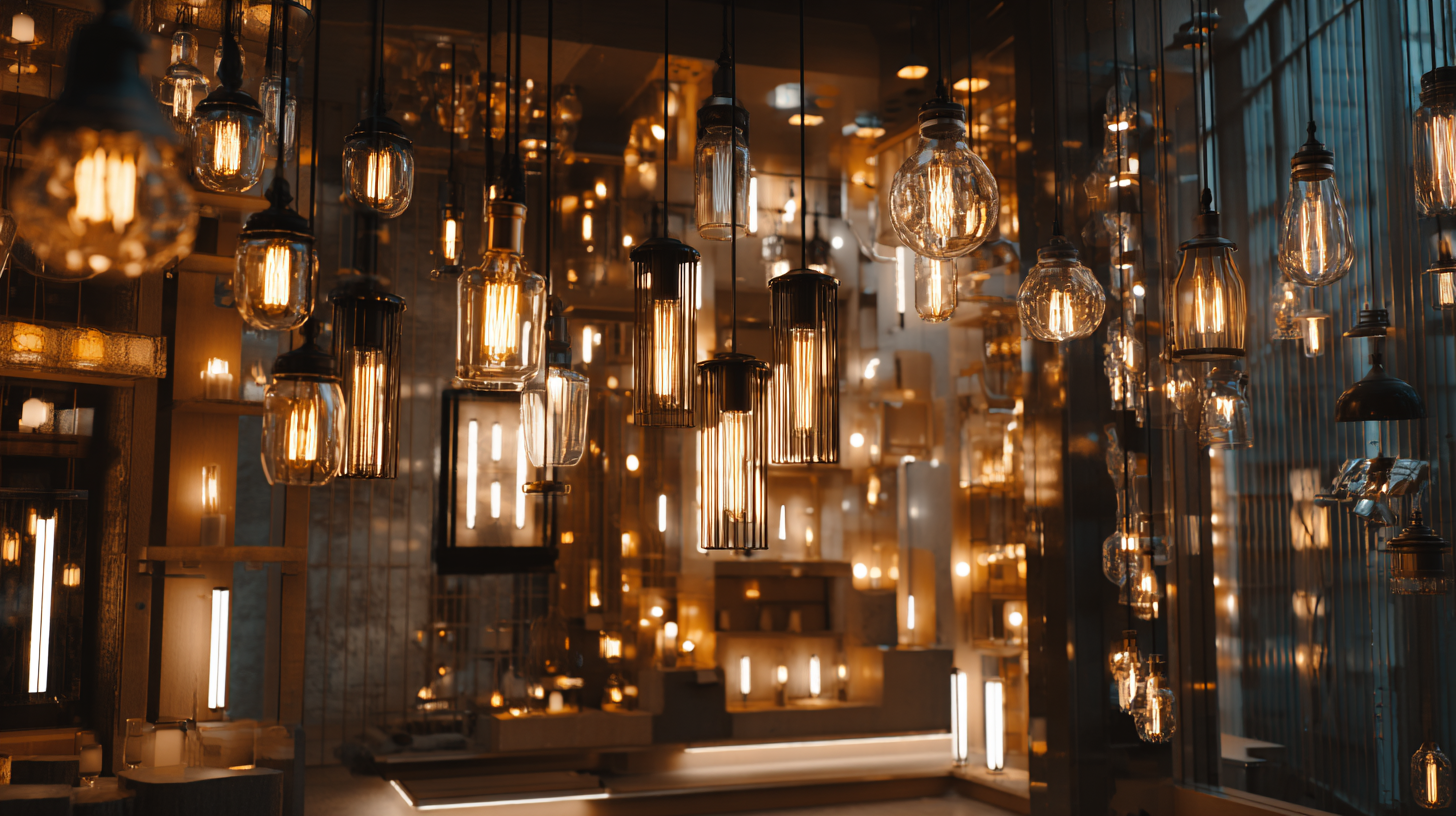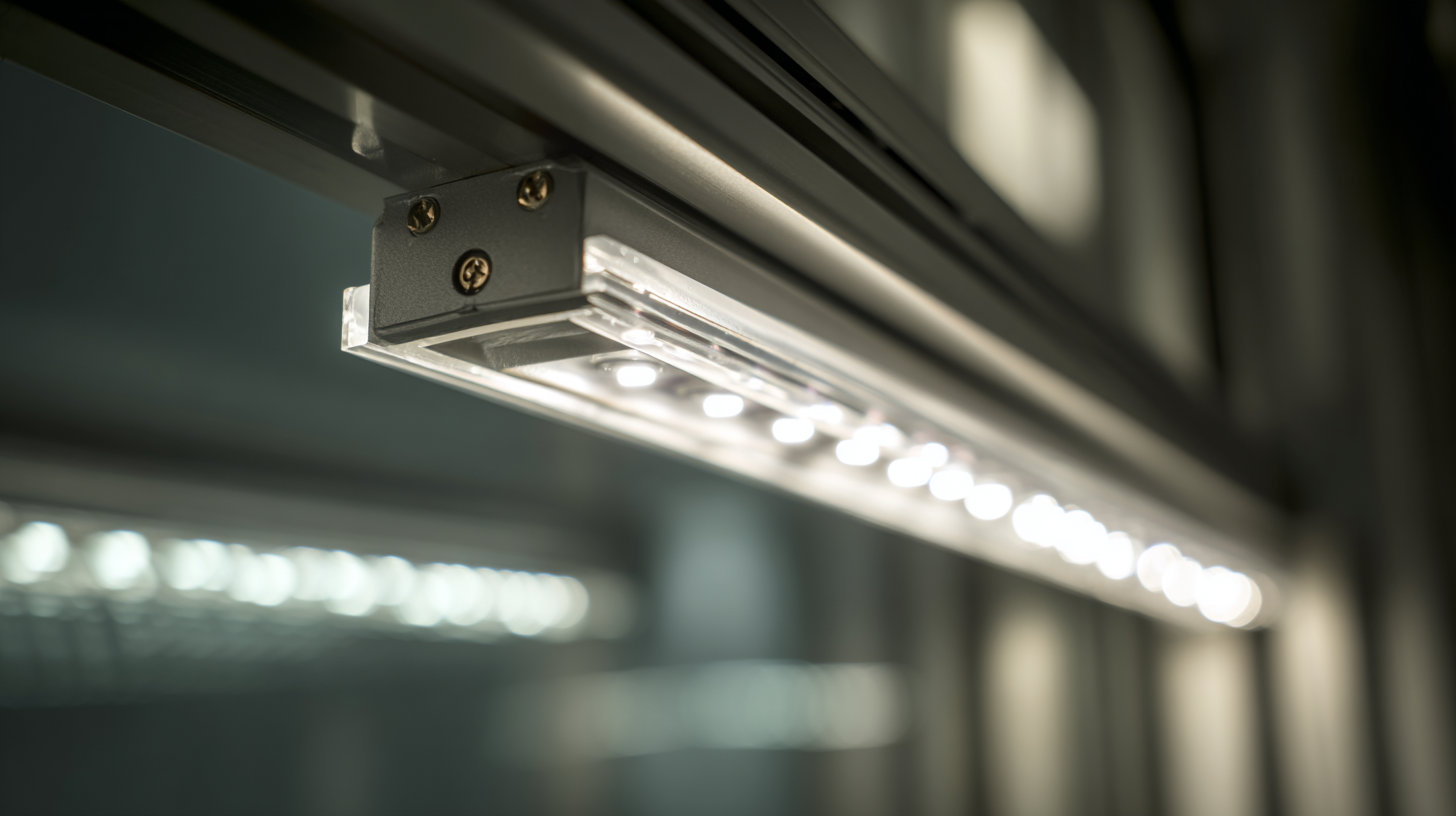7 Essential Tips for Choosing the Best Led Fixture for Your Space
In recent years, the demand for LED fixtures has surged, as they are recognized for their energy efficiency and long lifespan. According to a report by the U.S. Department of Energy, LED lighting could account for 75% of total lighting by 2030, significantly reducing electricity consumption in commercial and residential spaces. However, with numerous types available on the market, choosing the best LED fixture for your specific environment can be daunting. Issues such as inadequate brightness, poor color rendering, or incompatibility with existing setups can arise if proper consideration is not taken. Understanding the various types of LED fixtures and assessing their specifications against your unique requirements is crucial. This guide aims to provide you with seven essential tips that will help you make informed decisions, ensuring the chosen LED fixture not only enhances the aesthetics of your space but also optimizes efficiency and functionality.

Understanding LED Fixture Types and Their Applications
When selecting the best LED fixture for your space, understanding the various types of LED fixtures available and their specific applications is crucial. LED technology has advanced significantly, offering a wide range of options from recessed lighting to pendant fixtures, each designed to cater to particular needs and aesthetics. For instance, recessed LED fixtures are ideal for low ceilings and provide a sleek, modern look, while pendant fixtures can serve as decorative elements in dining and living areas.
In addition to aesthetics, it's important to consider the functionality of different LED fixtures. For example, if you require task lighting in a workspace, LED task lights or under-cabinet lights would be suitable choices as they provide focused illumination. Alternatively, if you are looking to enhance security and visibility outdoors, LED flood lights or wall packs can effectively illuminate pathways and entryways. By carefully analyzing the type of LED fixture that aligns with your space's requirements and usage, you can significantly enhance both the lighting quality and overall ambiance of your environment.
7 Essential Tips for Choosing the Best LED Fixture for Your Space
| Tip No. | Tip Description | LED Fixture Type | Best Applications |
|---|---|---|---|
| 1 | Identify the purpose of the lighting | Ambient lighting | Living rooms, offices |
| 2 | Consider the color temperature | Cool white lights | Workspaces, kitchens |
| 3 | Evaluate the brightness level needed | Recessed downlights | Hallways, bathrooms |
| 4 | Assess the energy efficiency rating | LED panels | Commercial spaces, schools |
| 5 | Check the fixture's durability | Outdoor LED lights | Gardens, pathways |
| 6 | Choose the right design and style | Pendant lights | Dining areas, cafes |
| 7 | Evaluate the installation requirements | Surface mount fixtures | Offices, retail spaces |
Key Technical Specifications to Evaluate Before Purchasing
When selecting the best LED fixture for your space, understanding key technical specifications is crucial. First, consider the lumen output, as this measures the brightness of the fixture. A higher lumen count means a brighter light, suitable for spaces that require illumination such as kitchens or work areas. Conversely, for areas meant for relaxation, like bedrooms or lounges, you might prefer fixtures with lower lumens that emit softer light to create a cozy atmosphere.
Another important specification is the color temperature, indicated in Kelvins (K). Warm white lights (around 2700K) are perfect for creating inviting environments, while cool white (4000K) and daylight (5000K) options are ideal for task-oriented areas that need clarity and focus. Moreover, evaluating the fixture's energy efficiency, typically indicated by the lumens per watt ratio, will help you choose a product that not only meets your lighting needs but also saves on electricity costs. Be sure to consider these specifications to ensure you select the perfect LED fixture for your space.

How to Measure Your Space for Optimal LED Fixture Selection
When selecting the best LED fixture for your space, accurate measurements are crucial for optimal lighting design. Begin by measuring the dimensions of the area you wish to illuminate. Consider the length, width, and height, as this will help you determine the appropriate size and style of the fixture. For unique spaces, like vaulted ceilings or narrow hallways, specific fixture designs may complement these areas better than standard options.

Next, pay attention to the arrangement of furniture and other elements within the space. This will guide you in both selecting fixtures with suitable brightness and defining their placement. For example, in a dining area, you might need a central pendant light with a wider diameter, while in a workspace, a more focused, directional fixture may be preferable. Keeping both the measurements and layout in mind will ensure that your chosen LED fixtures not only fit physically but also enhance the functionality and aesthetics of your environment.
Tips for Assessing Energy Efficiency and Lifespan of LED Lights
When choosing the best LED fixtures for your space, energy efficiency and lifespan are critical factors to consider. LEDs have been recognized for their superior energy-saving capabilities, often using up to 75% less energy compared to conventional lighting. This efficiency not only decreases electricity bills but also contributes to a more sustainable environment. Understanding the lifecycle of LED lights is essential in assessing their overall impact, especially considering the growing concerns related to resource use in various sectors, including household lighting.
Moreover, advancements in technology are paving the way for innovative energy-efficient solutions. The adoption of photovoltaic systems alongside LED installations has shown promising results in enhancing energy efficiency and sustainability in practices such as hospitality and agriculture. This integration can lead to considerable cost savings and improved operational performance. By focusing on the longevity and energy consumption of LED lights, consumers can make informed decisions that align with green building practices, ultimately fostering a more sustainable future.
Choosing the Right Color Temperature for Different Environments
When selecting LED fixtures for your space, one of the most crucial factors to consider is the color temperature. Different environments require varying color temperatures to promote the desired mood and functionality.
For instance, a cooler temperature of 5000K to 6500K is ideal for workspaces or areas where concentration is key, as it mimics daylight and enhances alertness.
In contrast, warmer temperatures around 2700K to 3000K create a cozy atmosphere, making them perfect for living spaces and bedrooms. This softer light not only adds warmth but also helps in relaxation after a long day. When shopping for LED fixtures, always check the color temperature rating to ensure it matches the intended use of your room.
Additionally, consider the ambiance you want to achieve. For dining areas, a color temperature between 3000K and 4000K can be ideal, balancing warmth with clarity, enhancing the dining experience without feeling too harsh. Selecting the right color temperature can transform your space, making it more inviting and functional.
